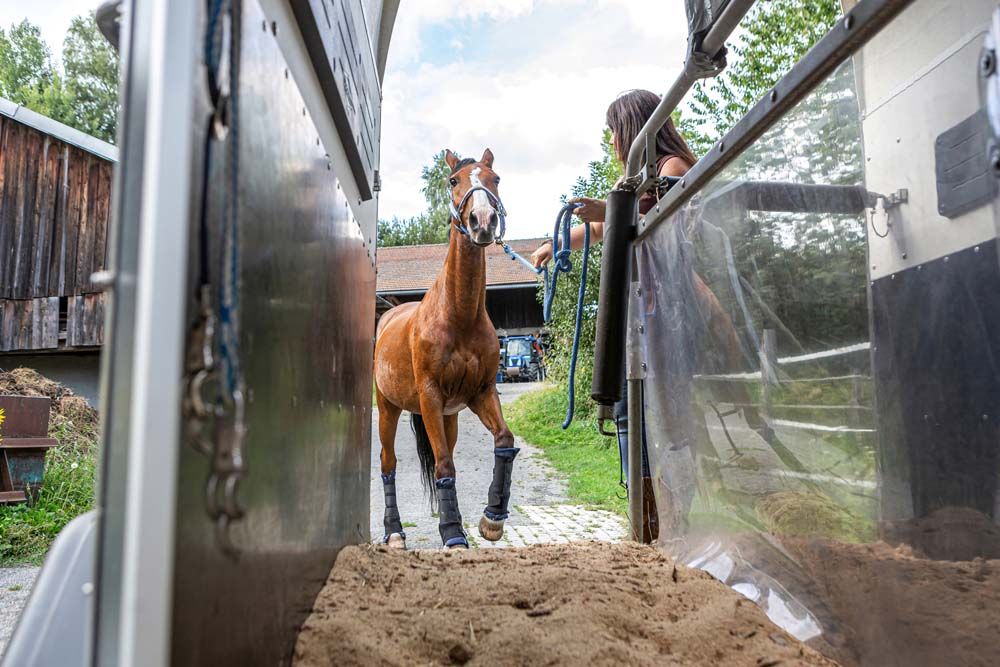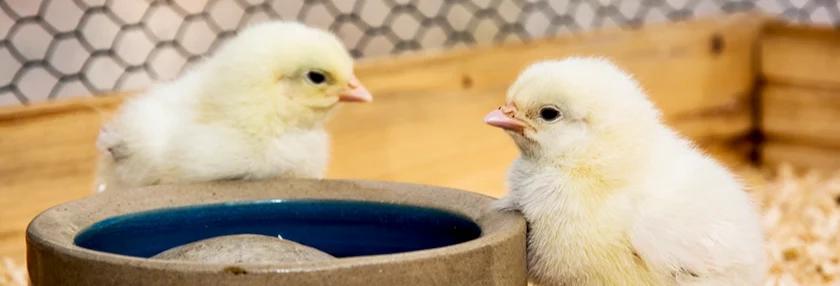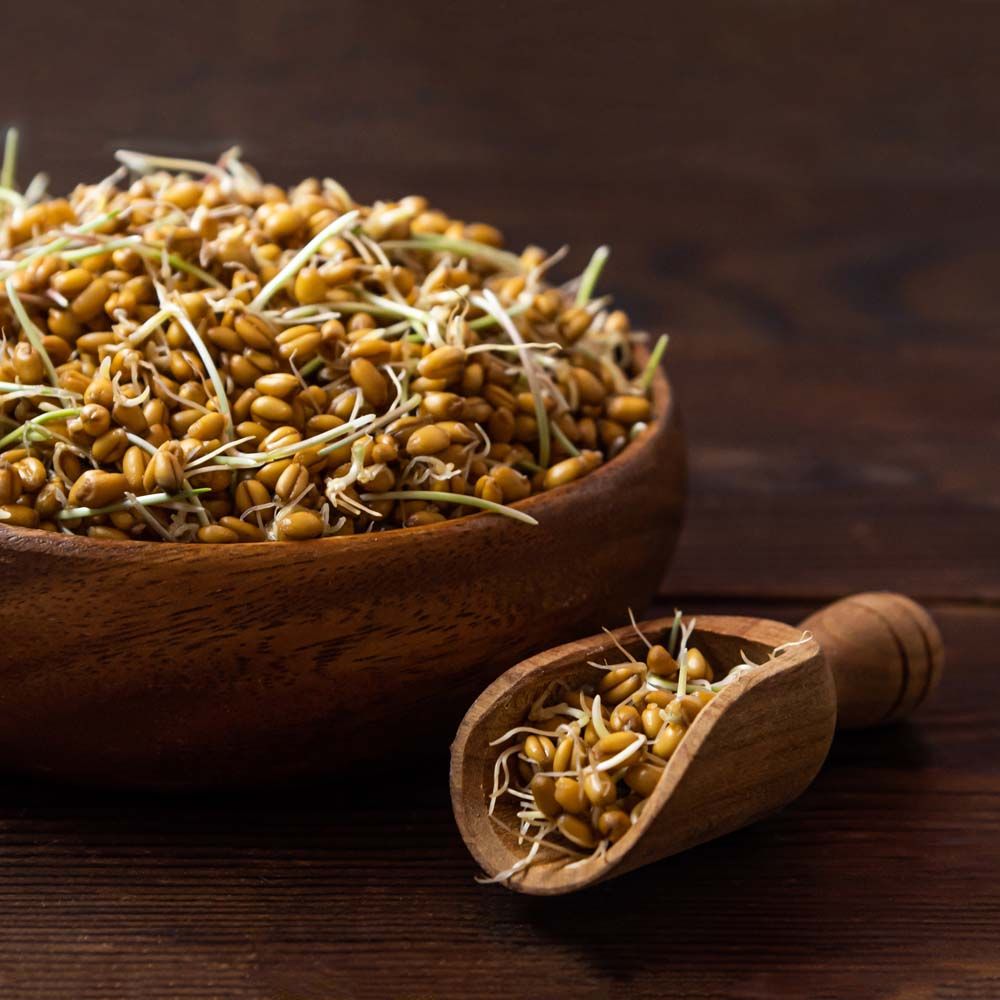I Wanna Sex You Up


Cream Legbar: blue eggs with auto-sexing
Are you looking for a feisty, savvy, self-reliant hen who lays lovely blue eggs? Look no further than the Cream Legbar! This backyard bird hosts some wonderful characteristics as well as a quirky and fun disposition. On top of all that, they lay beautiful sky-colored eggs!
This breed is very versatile, self-sufficient, brave and are good layers…not to mention that sexing them is practically foolproof. They are really everything you need for a solid urban chicken.
Bred to overcome problems
Cream Legbars came into existence in 1931 when two men, Professor R.C. Punnett and his partner Professor Michael Pease of Cambridge, England, worked together to create a cream-colored, blue-egg laying chicken who was easy to determine their gender as chicks.
Punnet was a famed geneticist who did a lot of research on auto-sexing chickens. This made determining male from female chicks easier. In 1931, a renowned horticulturist gifted Punnet with some South American Araucana chickens which laid blue eggs.
Punnet and Pease crossed these birds with a gold penciled Hamburg and continued to play with the color recessive genetics until they produced a color never seen before in chickens—cream.
For the first time, there was a chicken on the market who was a lovely cream-color and produced striking blue eggs.
‘Call me Bouffant’
The Cream Legbar is pretty petite. Males weigh in around 7.5 pounds and hens weigh in around 6 lbs. They both sport a single red comb with 6 points, an upright appearance, a long neck and a tail that stands tall at a 45-degree angle.
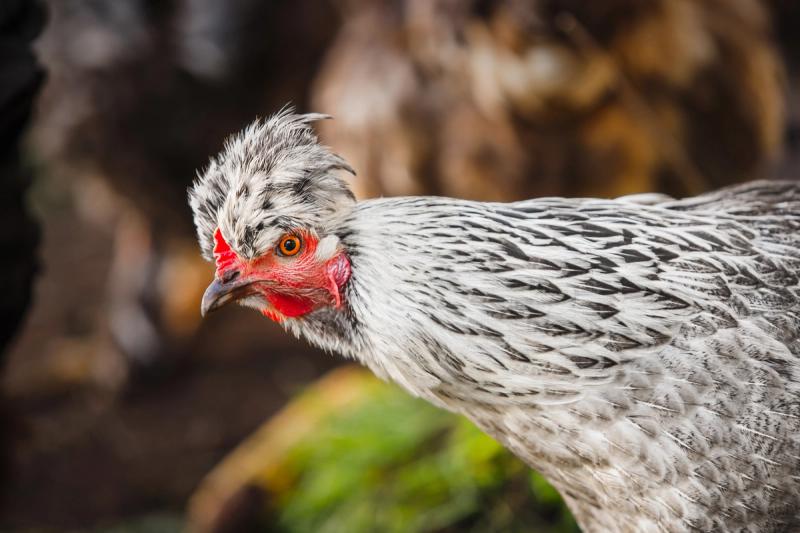
Both sexes flaunt a showy, poofy crest that somewhat resembles a bouffant hairdo.
Despite their name, the feather colors of Cream Legbars DO vary. They do have a lot of cream throughout their plumage, but they also exhibit hues of grey, brown and red. Their feathers are quite lovely and soft, giving the birds a fluffy appearance.
As previously mentioned, sexing these chickens is particularly easy. Female Cream Legbar chicks have “chipmunk stripes” running down their backsides and they have eye barring. Male Cream Legbar chicks have much lighter, more diffuse striping, as well as a light-colored spot on their heads.
Being able to determine a chicken’s gender at a very young age takes a lot of stress out of urban chicken farmers who may not be allowed roosters.
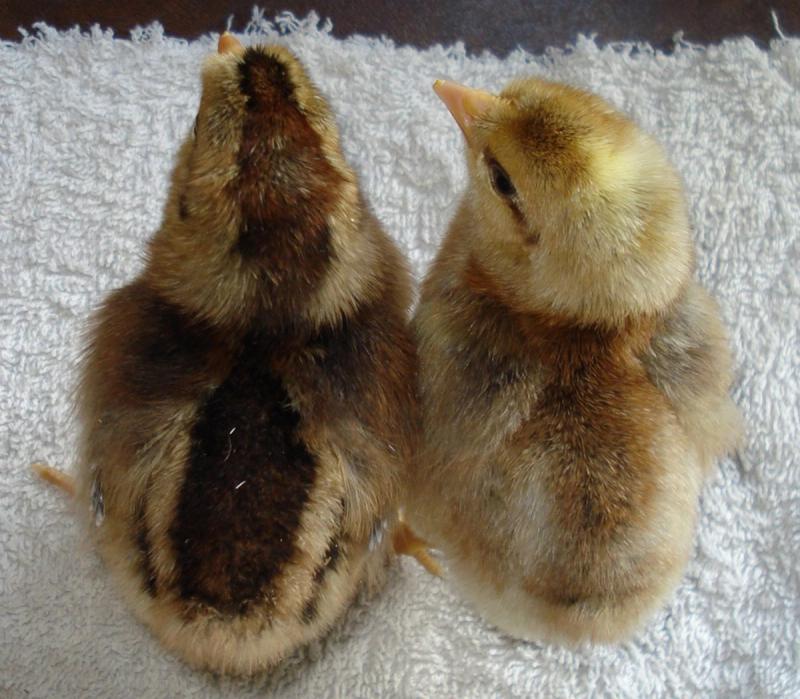
A curious, chatty middle child
Cream Legbars are feisty, yet easygoing, birds who appreciate their free-foraging space but are easy to approach and handle. They tend to fall in the middle of the pecking order; keeping to themselves but able to fend off more aggressive flockmates.
These birds can be a tad chatty if kept in confinement, but tend to keep quieter if allowed plenty of space to roam and peck. They are very predator-savvy and will certainly let the rest of the flock know if they have spotted danger.
Curious by nature, Cream Legbars are the first to investigate new items and are easy to train. For instance, if the flock is given a new type of waterer or feeder, Cream Legbars are sure to learn how to use them quickly and will happily show the rest how it is done.
Healthy-ish for a crested breed
These birds are very hardy and have little health issues. One thing to watch for is frostbite and lice on their combs.
All crested breeds can be prone to a rare, but painful, condition called torticollis or ‘Seahorse Syndrome’. This syndrome is caused by a rare type of recessive gene particular to crested breeds where the chicken has an asymmetrical head or neck position due to a problem in the neck muscles.
Ah, those eggs!
Cream Legbars are industrious layers that can produce up to 200 eggs a year. Their eggs are medium to large in size and are blue-hued—they make a delightful contrast among brown, whiter speckled eggs!

They can be a bit broody, but easily distracted with treats. They do make good mothers and raise their chicks to be as independent as they are.
Overall, Cream Legbars are a fun and unique breed to add to your flock! Their curiosity and friendly nature will make them a wonderful addition to the family, and their splendidly pastel blue eggs will certainly add a pop of color to your egg collection!
Tags:Chicken Chatter

Acreage Life is part of the Catalyst Communications Network publication family.






